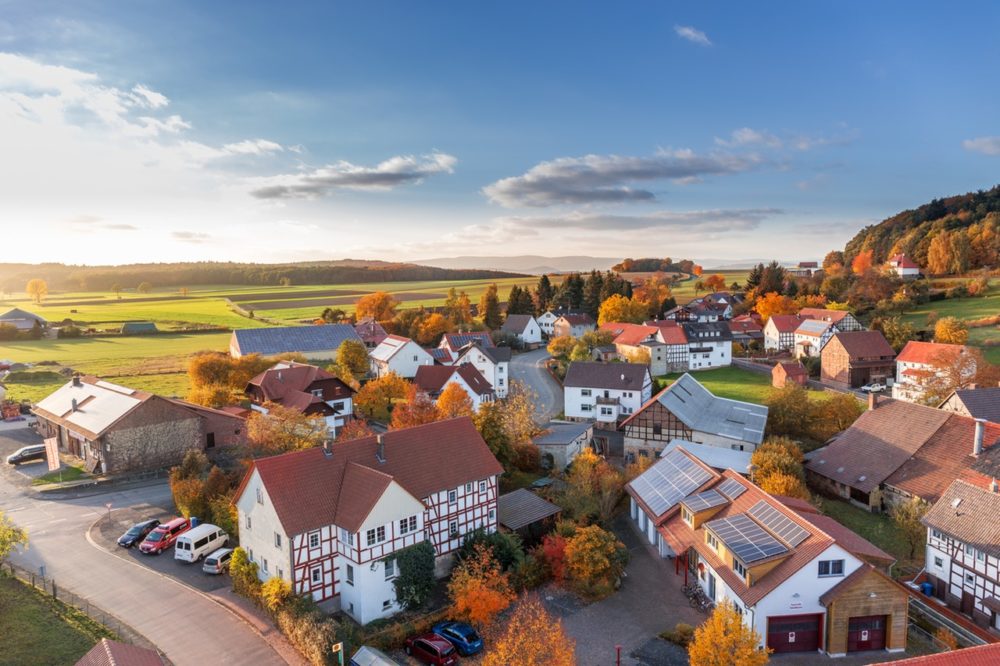“The goal is to introduce a more proportionate, sophisticated and targeted framework for different site development, while upholding principles of sustainability, quality, and fairness, to support our long-term ambitions for a transformed housebuilding system.”
This is the end statement of the Government’s freshly published working paper “Reforming Small Site Thresholds”.
The principles established in this statement are new and have been the subject of debate for some years. The argument of the SME sector is smaller sites undergo the same level of scrutiny and reporting as larger sites. Yet they are pound for pound more expensive to bring forward.
At the start of the paper the Government raises concerns about the nature of supply of new homes:
“A third of SME developers have ceased operating over the last two decades, and the largest developers have become increasingly dominant – accounting for roughly 90% of volume growth.”
This is a Government which is unable to inject fresh public investment into new homes. It is therefore rightly worried about the risk of relying on the big boots of the few remaining giant house builders.
It is a olive branch which will be welcomed cooly by the SMEs. But can it or will it go far enough? Will there be anyone there to comment?
State of play
Back in 2020 Lichfields in association with Pocket Living analysed the journey of 60 small sites in the London planning system. Small in this case was categorised as more than 10 (under is micro) and fewer than 100.
In three quarters of all cases, one of the biggest issues in the planning journey was affordable housing and viability. Moreover in a third of cases, there was a protracted dispute over the land value of a small site leading sometimes to deadlock between the local authority and the developer.
Small sites in the sample size were taking on average a staggering 60 weeks to get planning permission. That is almost five times the statutory deadline. Just one of the sixty sites analysed met the statutory timescale and a fifth of permissions reviewed by the team took longer than two years to determine.
Moving the dial on SME delivery
The Government’s big picture suggestions are to release smaller sites from BNG requirements and the building safety levy.
These burdens have been added into the planning system in the last 24 months. SMEs have been in a state of terminal decline for many years. The Lichfield research in 2020 did not even consider these requirements, they did not exist. So are the proposals being touted only making a very challenging trading environment marginally less challenging?
Many will say an ambition to spark small site development requires much more. Thresholds could do with a more expansive rethink. Under 10 homes is a micro site, not a small site. The Government could begin to think in terms of small as up to 100 homes.
The Government also continues to believe affordable housing can be built on smaller sites. When so many large brownfield site can barely achieve more than 10% – the Stag Brewery in Richmond springs to mind – how has it come to this conclusion?
Perhaps a better solution would be to consider releasing on site affordable requirements from all small sites to allow a renaissance in small house building as has happened in countries such as New Zealand.
I predicted in a previous post we are some two years away from radical intervention. This paper shows the Government is not there but is on the journey. With numbers falling and limited public money available, the Government needs to back new SME entrants, to do that more radical reform is essential.






